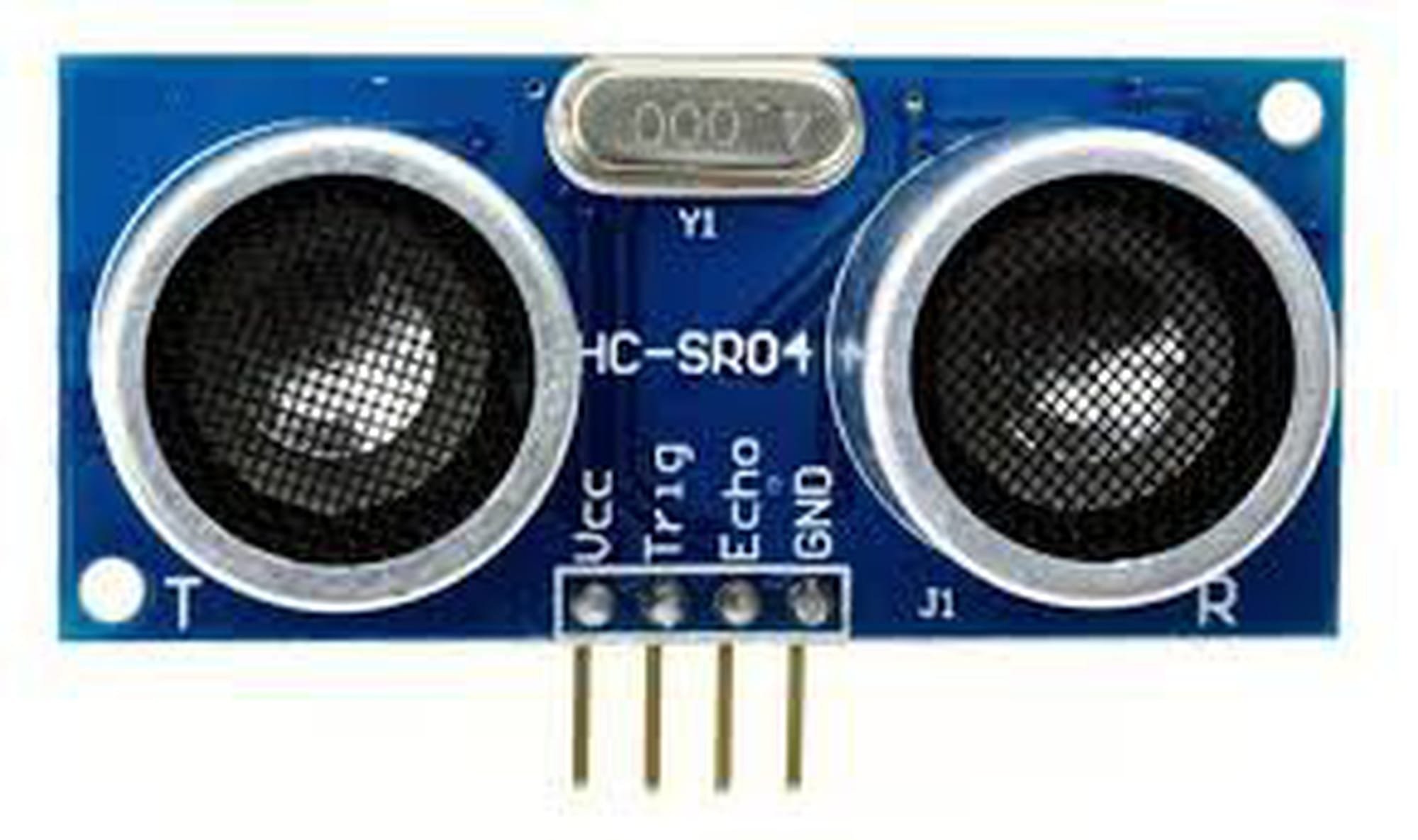Tips on Getting the Best Range Ultrasonic Sensor
 Ultrasonic sensors measure a distance by using ultrasonic waves. A sensor head, therefore, meets an ultrasound wave and is able to receive the wave that is reflected from the target. Therefore an ultrasonic sensor measures the distance of the target by measuring the time that is taken between the emission and reception. Ultrasonic sensors for the different level of measurements have a variety of ranges. Choosing the correct range for your application is essential since it has a direct effect on the overall function of the sensor. When looking for an ultrasonic sensor, it is very important that you consider getting the best range for your application. The following ate important considerations to make when choosing the best range of an ultrasonic sensor design system.
Ultrasonic sensors measure a distance by using ultrasonic waves. A sensor head, therefore, meets an ultrasound wave and is able to receive the wave that is reflected from the target. Therefore an ultrasonic sensor measures the distance of the target by measuring the time that is taken between the emission and reception. Ultrasonic sensors for the different level of measurements have a variety of ranges. Choosing the correct range for your application is essential since it has a direct effect on the overall function of the sensor. When looking for an ultrasonic sensor, it is very important that you consider getting the best range for your application. The following ate important considerations to make when choosing the best range of an ultrasonic sensor design system.
The distance that an ultrasonic can sensor. One of the main things that are a must to know when buying an ultrasonic sensor is the maximum distance that an ultrasonic sensor is able to detect. One of the general rule that you need to follow when buying is using a sensor that will cover a maximum distance and an additional distance of 25% after the distance that is covered. This will help you in ensuring that the best range that is generated will be strong enough to reach the desired target and return to the sensor.
The blanking distance. This is an area that is within the first few feet of the transducer that has been targeted and may not be able to measure. Usually, the longer the range that an ultrasonic transducer has, the longer the distance of the blanking. You can get a more extended range ultrasonic sensor and a shorter blanking distance it all depends on what works best for you. In instances like special programming and standpipes, there may be a requirement for adjustments.
Soft versus hard targets. You finally need to know the type of target you will be censoring. Ultrasonic sensors most of the times works the best with hard targets or targets that have an excellent reflective characteristic. You will find that these targets are smooth and flat like most liquids. Meanwhile, soft targets have, and an example is solids like grains and sand. When you use a soft target on an ultrasonic sensor, there may be the presence of plethora challenges. For most people who do not have enough knowledge of ultrasonic sensors application type it is essential to speak to an application engineer first before making any purchases.
See here for more info on ultrasonic sensors: https://www.encyclopedia.com/medicine/divisions-diagnostics-and-procedures/medicine/endoscopic-ultrasonography.



